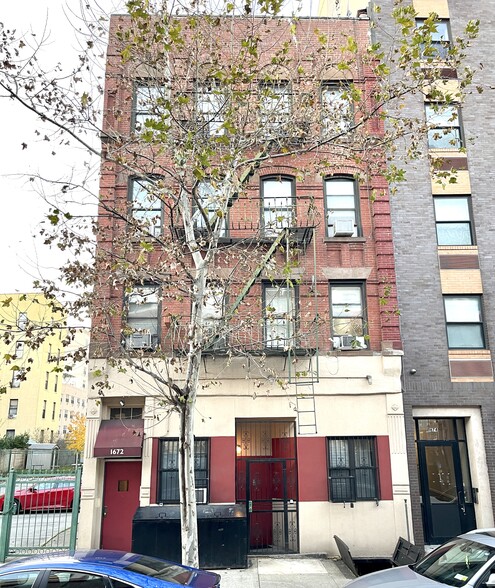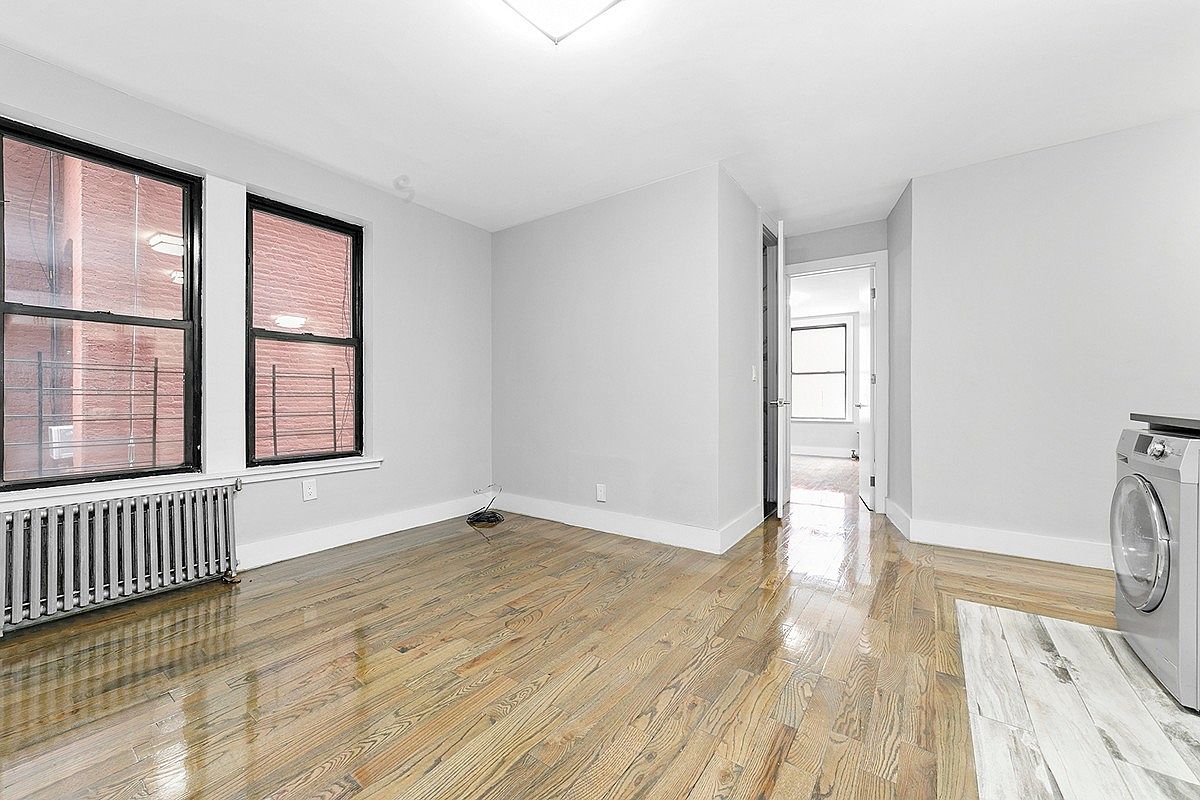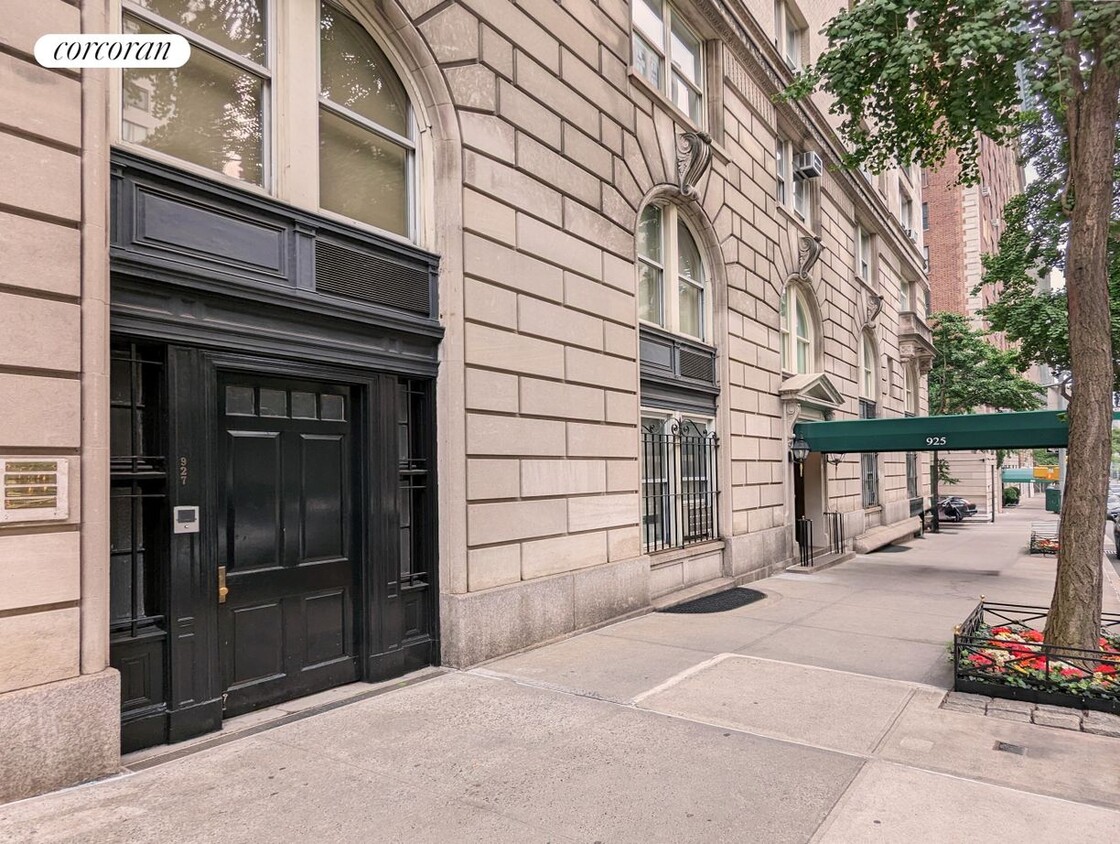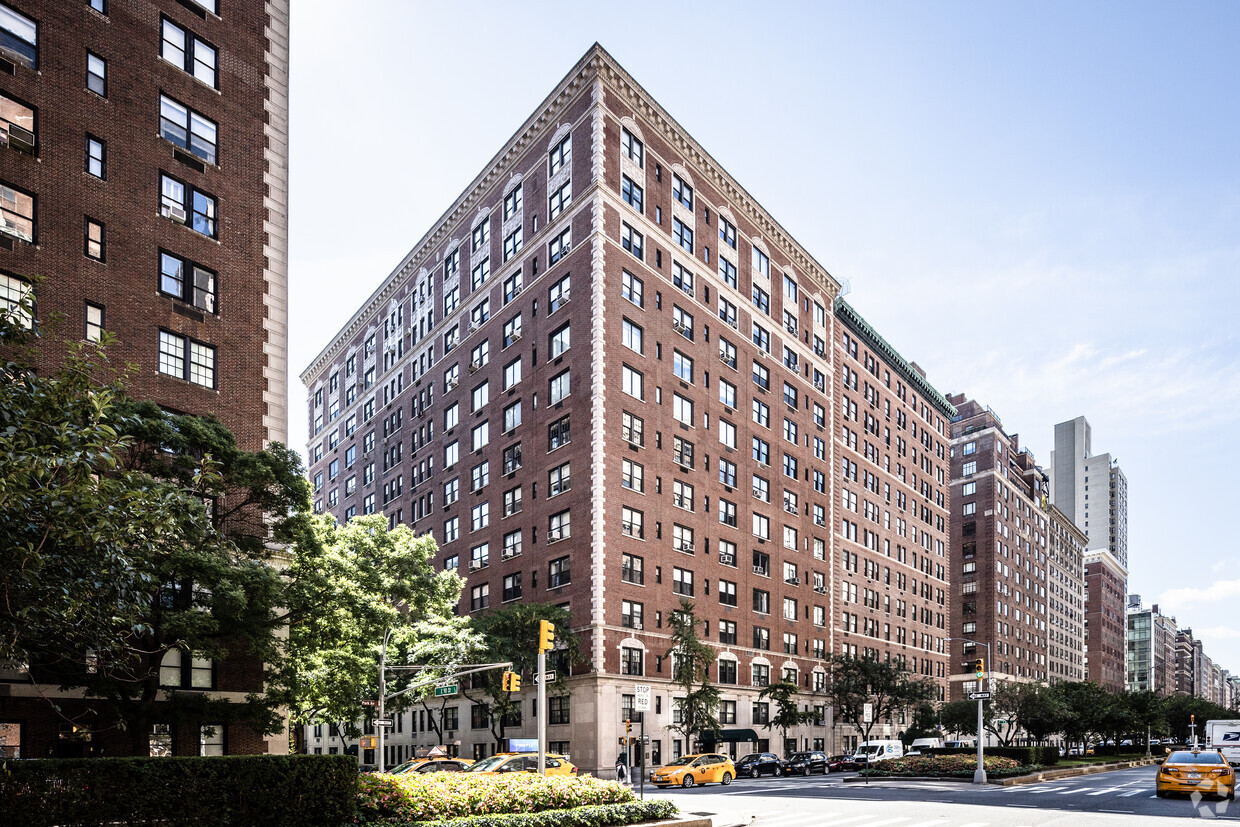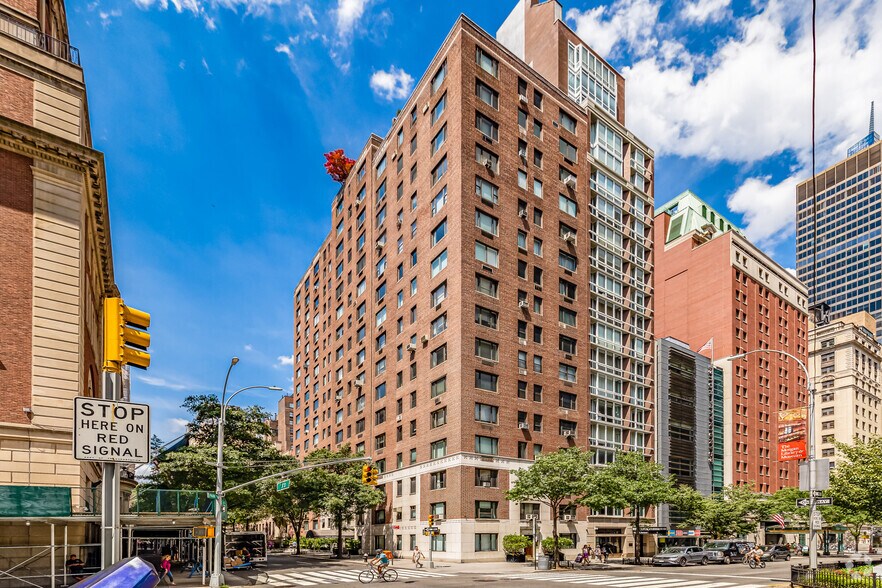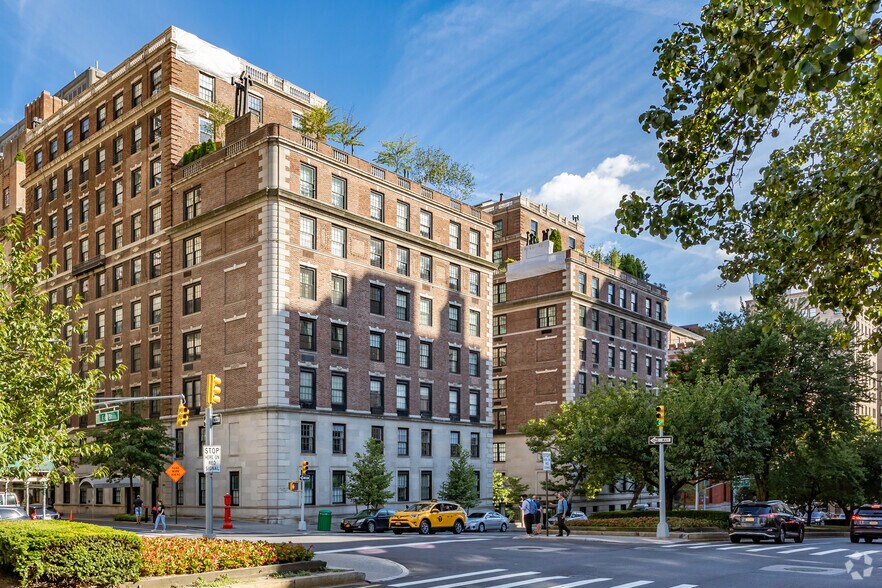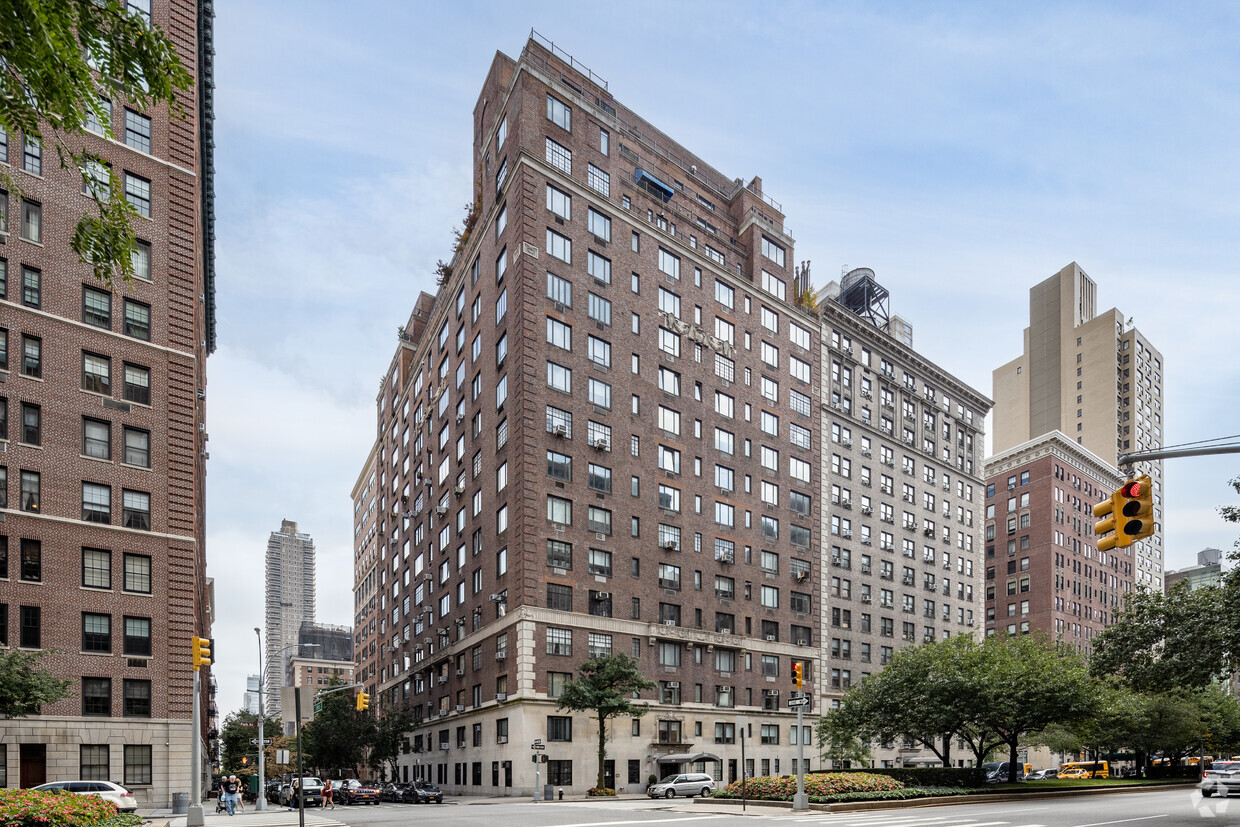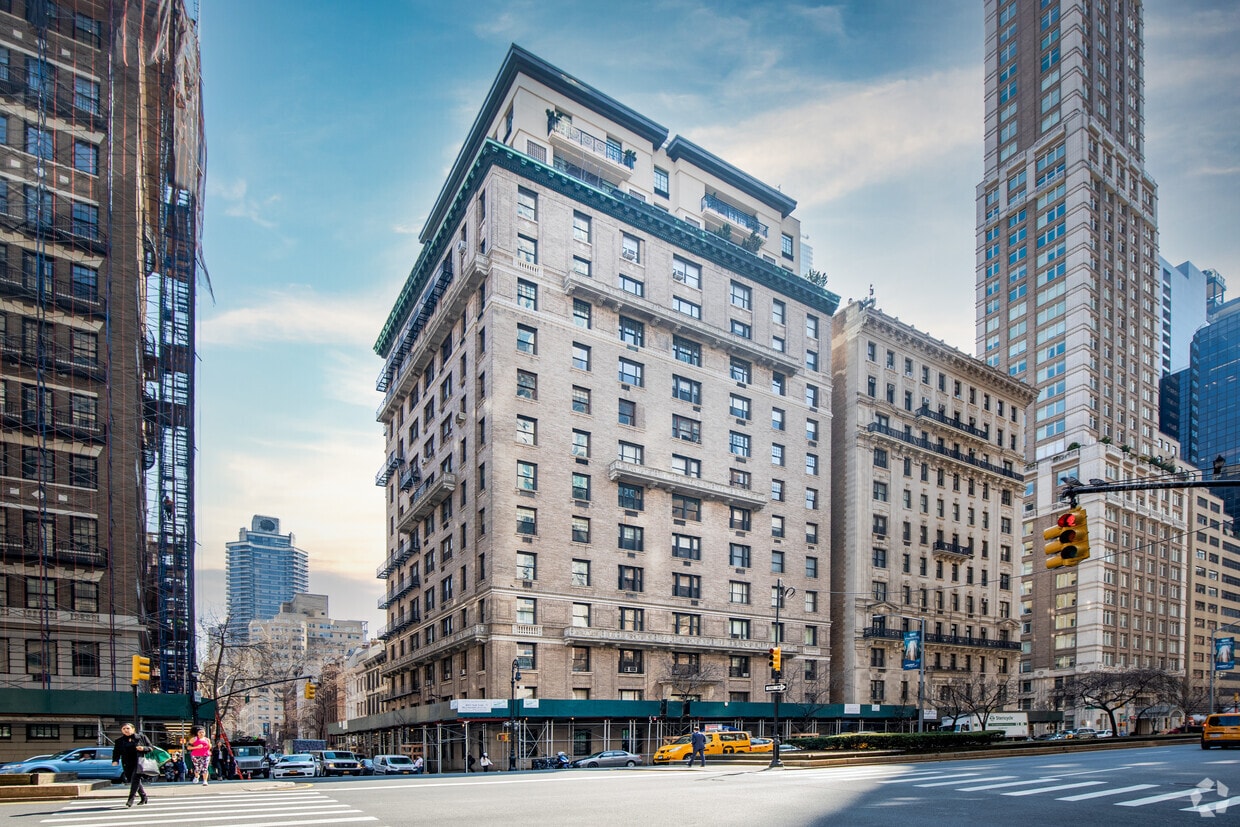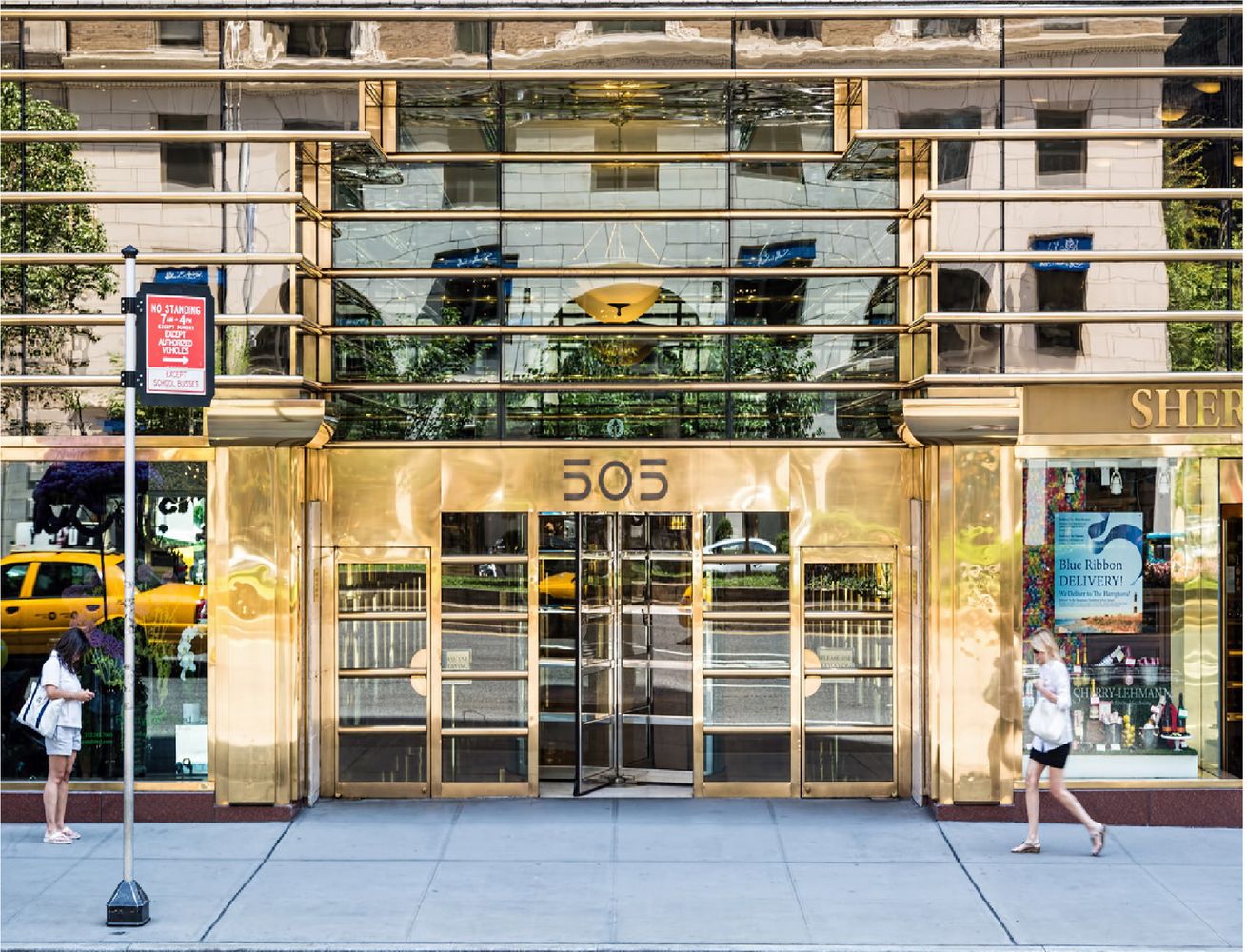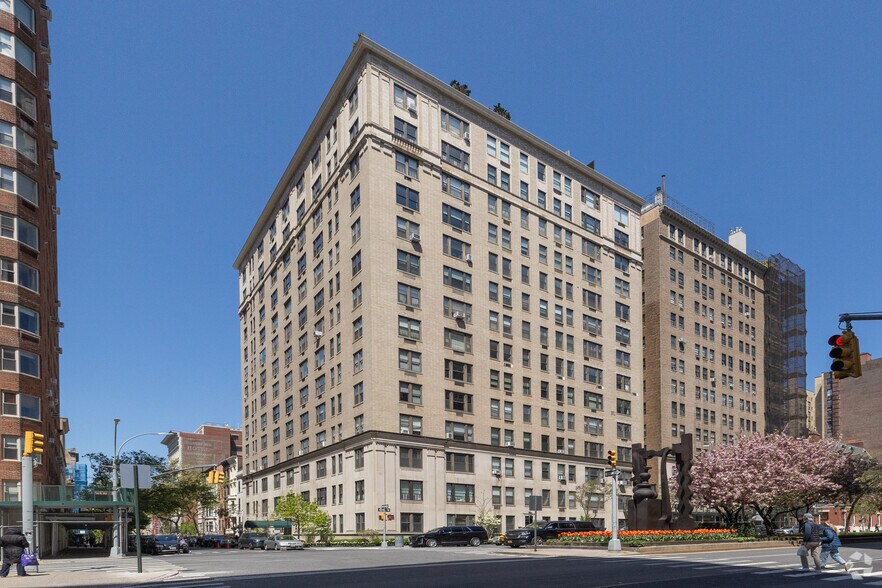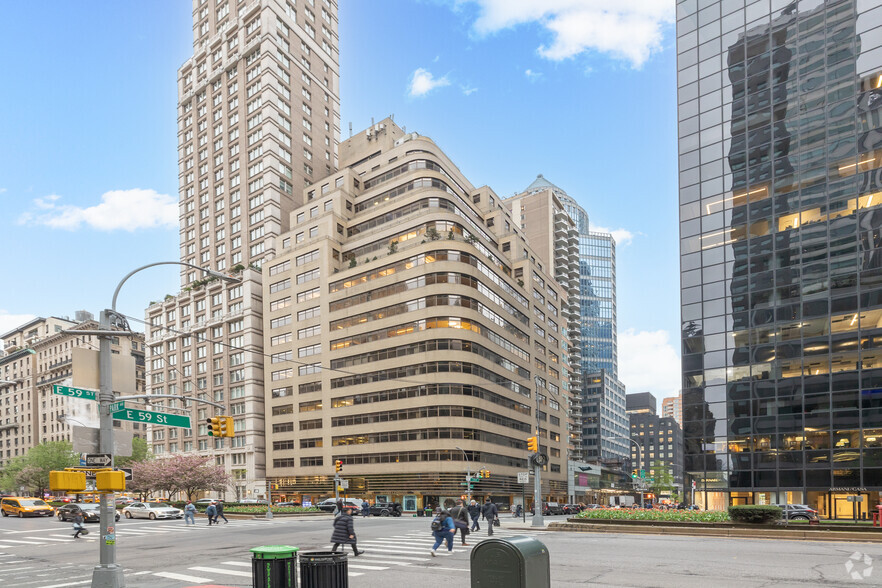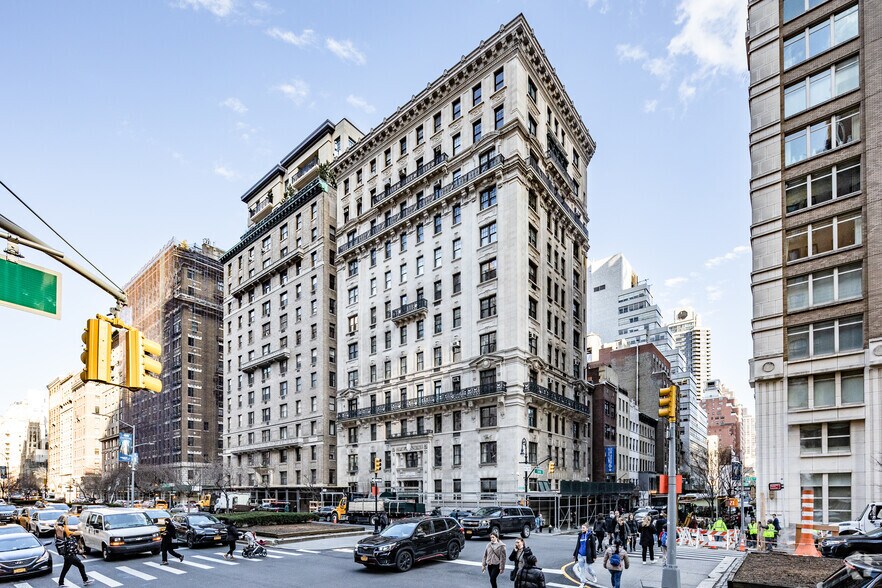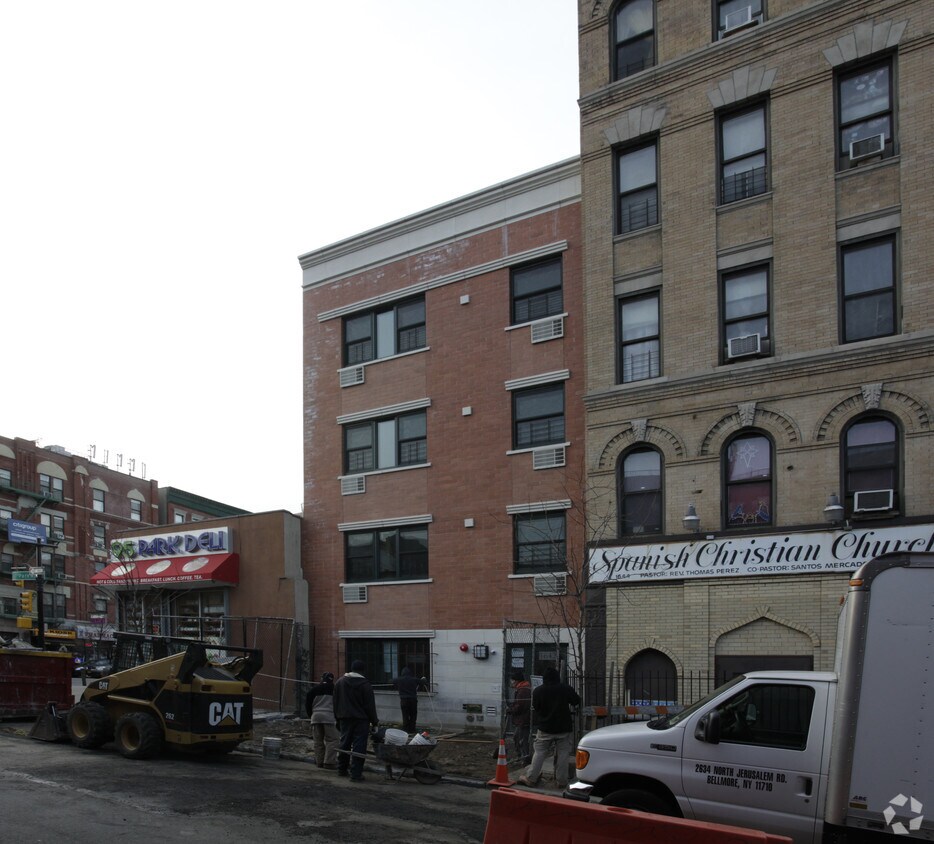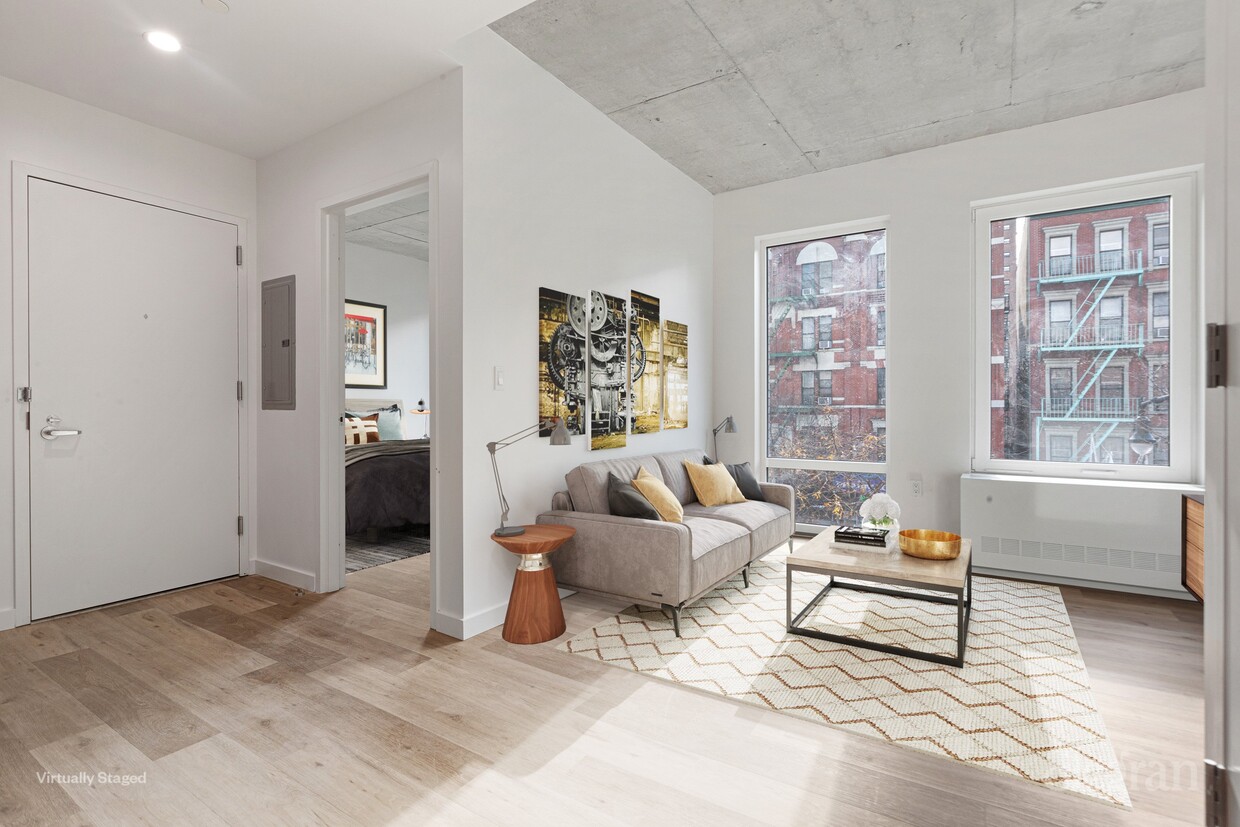1752 Park Ave New York Ny 10035

The unassuming address of 1752 Park Avenue, New York, NY 10035, might not immediately conjure images of historical significance, but behind its doors lies a story deeply intertwined with the social and architectural evolution of East Harlem, also known as Spanish Harlem or El Barrio. While not a singular landmark etched in every history book, the narrative of 1752 Park Avenue reflects broader trends of urban development, demographic shifts, and the ongoing quest for affordable housing in one of the world's most dynamic cities.
This address, located in a vibrant and historically rich section of Manhattan, serves as a microcosm of the larger forces shaping New York City. Understanding the history of 1752 Park Avenue requires examining the building it houses, the neighborhood it resides in, and the lives of the people who have called it home. This exploration sheds light on the challenges and triumphs of urban living in the 20th and 21st centuries.
The Building and its Era
Precise information about the construction date and architectural details of the building at 1752 Park Avenue requires consulting official city records, such as property tax assessments and building permits. These records, accessible through the New York City Department of Records and Information Services, often reveal the building's original purpose, the materials used in its construction, and any significant alterations made over time.
Based on visual inspection and common architectural patterns in the area, the building is likely a multi-story residential structure, potentially dating back to the early to mid-20th century. This era witnessed a surge in apartment building construction throughout Manhattan, driven by a growing population and the need for denser housing solutions.
The architectural style likely reflects the prevalent trends of the time, possibly incorporating elements of Art Deco or a more functional, utilitarian design. Understanding the architectural context helps place 1752 Park Avenue within the broader historical landscape of New York City's built environment.
East Harlem: A Neighborhood of Transformation
East Harlem's history is a tapestry woven from diverse cultures and waves of immigration. Initially home to a significant Italian population, the neighborhood experienced a demographic shift in the mid-20th century, becoming a center for Puerto Rican and other Latin American communities.
This transition brought with it a vibrant cultural identity, reflected in the music, art, and cuisine that define East Harlem today. However, it also brought challenges, including poverty, housing shortages, and social inequalities, issues that continue to impact the neighborhood.
The presence of institutions like Metropolitan Hospital Center and various community organizations highlights the ongoing efforts to address these challenges and improve the quality of life for residents. Organizations like the East Harlem Council for Community Improvement have been instrumental in advocating for affordable housing and community development.
Housing and Social Dynamics
The building at 1752 Park Avenue, like many others in East Harlem, likely provides housing for a diverse range of residents. Rent control and rent stabilization policies, common in New York City, may play a role in determining affordability for long-term tenants.
However, the neighborhood also faces pressures from rising rents and gentrification, potentially displacing long-time residents and altering the community's character. Affordable housing remains a critical issue, and organizations like the Community Service Society of New York have advocated for policies to protect tenants and preserve affordable housing options.
The lived experiences of the residents of 1752 Park Avenue are central to understanding the building's significance. Their stories, often untold, reflect the resilience and determination of individuals navigating the complexities of urban life.
Potential Future Developments
The future of 1752 Park Avenue, like that of East Harlem as a whole, is subject to ongoing development and policy decisions. Proposed zoning changes, infrastructure improvements, and private investment projects could all have a significant impact on the neighborhood.
The Second Avenue Subway extension, completed in recent years, has already improved transportation access to East Harlem, potentially influencing property values and attracting new residents. Understanding these developments is crucial for assessing the long-term prospects of the building and its community.
Community engagement and advocacy are essential for ensuring that future development benefits all residents and preserves the unique character of East Harlem. The Greater Harlem Coalition, for example, works to ensure community voices are heard in the planning process.
While 1752 Park Avenue may not be a household name, its story is a microcosm of New York City's larger narrative. By understanding its history, its context within East Harlem, and the lives of its residents, we gain a deeper appreciation for the complexities and challenges of urban life. The address serves as a reminder of the importance of preserving affordable housing, fostering community, and ensuring equitable development for all.
